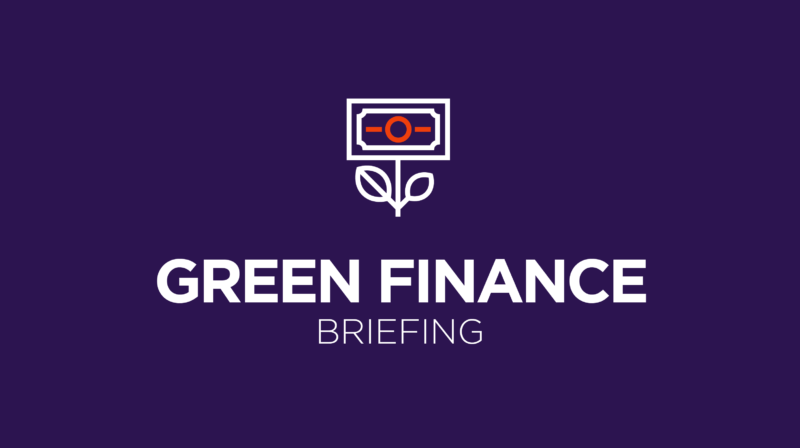Green Finance
Green Finance Briefing: An intro to environmental sustainability in banking
- For banks and financial institutions, sustainability initiatives present opportunities as well as risks, according to a new report on the current landscape of environmental sustainability in banking.
- Sustainability is a business conversation - climate change is bound to create a shift in resources, bringing with it a reallocation of capital away from the status quo.








